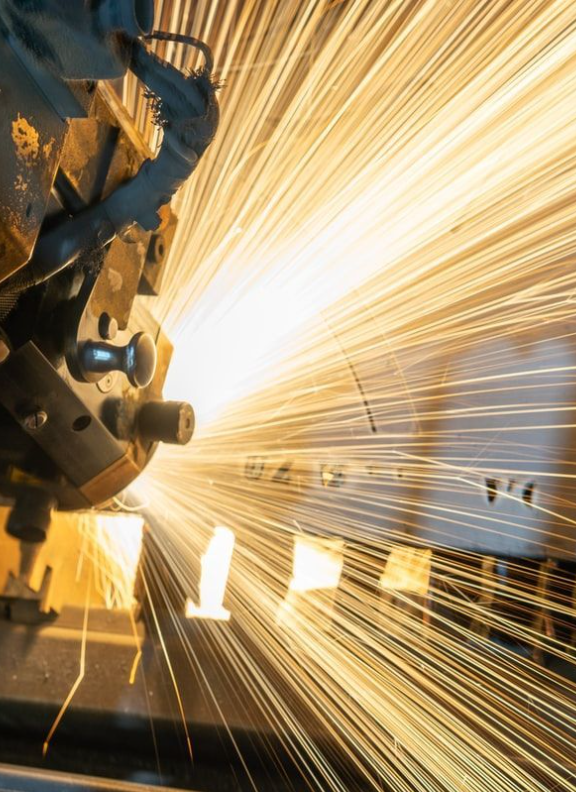You Can Use Artificial Intelligence to Fix Your Broken Code
by Steve Brothers | BuiltIn

AI can become a colleague that enables productivity gains, helps developers extend their talents and abilities, reduces code querying time, and ultimately mitigates risk.
The metaverse could drive the next big tech opportunity
by Filip Martinsson | Venturebeat

It feels like you can’t move right now without hearing someone saying something about the metaverse.
We have barely scratched the surface of 2022, and yet this one term threatens to swallow the year whole. The conversation, if you can call it that, seems to stretch only as far as a bunch of conflicting ideas and competing opinions shouting over each other about what it is, what it could be, what it will be, and what it isn’t. Speculation and noise driving hype, hype driving more speculation, and more noise. All of which makes getting to grips with what is being said about the metaverse tricky.
3 Min Read →
Sustainability goals in manufacturing need a boost with AI
By Helen Sydney Adams | Manufacturing Global

Jane Ren, CEO, and founder of computer software company Atomiton explains how artificial intelligence can help achieve sustainability goals, by providing visibility into the carbon effect of production activities
The drive is on across the world to reduce our carbon emissions and move toward a net zero future to mitigate against the effects of climate change. In the relentless pursuit of establishing their green credentials, companies are setting ambitious decarbonisation commitments in the boardroom without the ability to translate these goals into action on the shopfloor.
8 Min Read →
🌙 NASA - Best Photo from Last Week
Hubble Views a Cosmic Interaction

This image from the NASA/ESA Hubble Space Telescope feels incredibly three-dimensional for a piece of deep-space imagery. The image shows Arp 282, an interacting galaxy pair composed of the Seyfert galaxy NGC 169 (bottom) and the galaxy IC 1559 (top). Interestingly, both galaxies have monumentally energetic cores known as active galactic nuclei (AGN), although that is difficult to tell from this image, which is fortunate. If the image revealed the full emission of both AGNs, their brilliance would obscure the beautifully detailed tidal interactions we see in this image. Tidal forces occur when an object’s gravity causes another object to distort or stretch. The direction of tidal forces is away from the lower-mass object and toward the higher mass object. When two galaxies tidally interact, gas, dust, and even entire star systems can move toward one galaxy and away from the other. The image reveals this process in action as delicate streams of matter visibly link the two galaxies.
Astronomers now accept that an important aspect of how galaxies evolve is the way they interact with one another. Galaxies can merge, collide, or brush past one another – each interaction significantly affecting their shapes and structures. As common as such interactions may be, it is rare to capture an image of two galaxies interacting in such a visibly dynamic way.
Text credit: European Space Agency (ESA)
Image credit: ESA/Hubble & NASA, J. Dalcanton, Dark Energy Survey, Department of Energy (DOE), Cerro Tololo Inter-American Observatory/NoirLab/National Science Foundation/Association of Universities for Research in Astronomy (AURA), Sloan Digital Sky Survey (SDSS); Acknowledgment: J. Schmidt
Media Contact:
Claire Andreoli
NASA's Goddard Space Flight Center
301-286-1940
Last Updated: Feb 11, 2022
Editor: Andrea Gianopoulos
📚 Top 3 Book Summaries for the week
Disclaimer: None of the content in this newsletter is meant to be financial advice. Please do your own due diligence before taking any action related to content within this article.
Disclaimer: Unbound is reader-supported. When you buy through links on our site, we may earn an affiliate commission.





